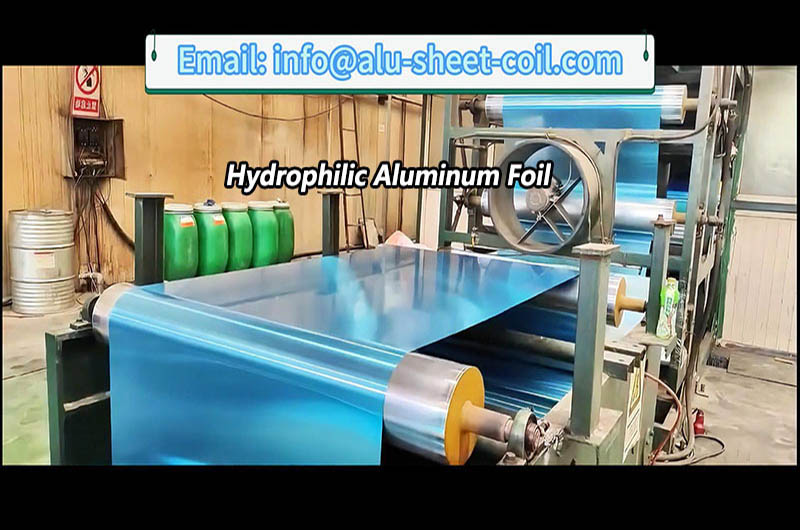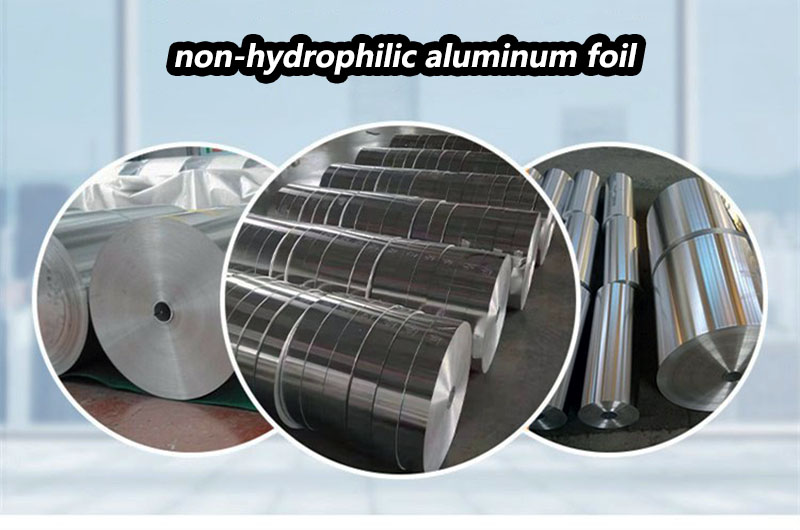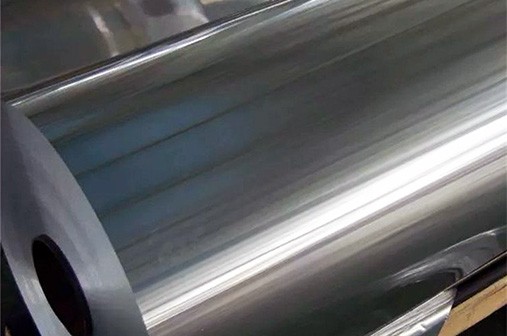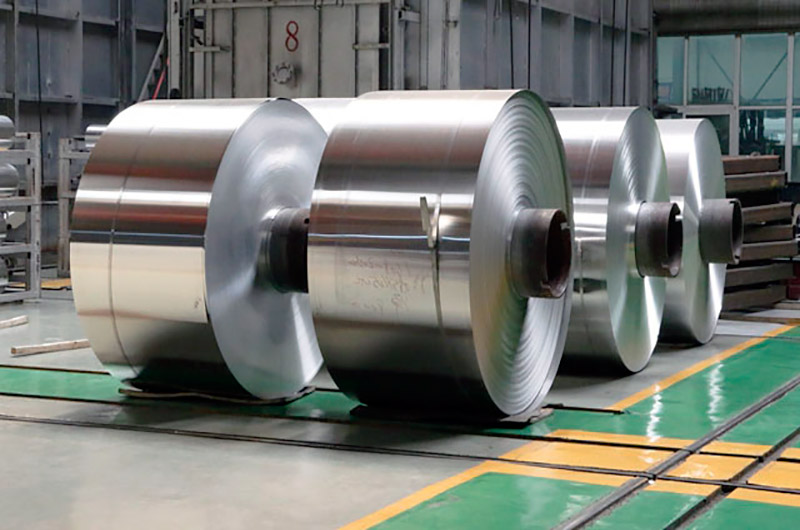What is the difference between hydrophilic aluminum foil and non-hydrophilic aluminum foil?
The biggest difference between hydrophilic aluminum foil and non-hydrophilic aluminum foil is the wettability of the surface.
Hydrophilic aluminum foil is a hydrophilic treatment of aluminum foil. Through special processing, a hydrophilic layer is coated on the surface. The condensed water will spread quickly on the hydrophilic aluminum foil and will not condense into water droplets, thereby increasing heat exchange. area, speed up the cooling and heating speed, and effectively avoid the noise caused by condensed water blocking the air flow.
Non-hydrophilic aluminum foil has serious defects. The biggest problem is that the condensed water generated during cooling will adhere to the aluminum foil and form a water bridge, causing obstruction between the fins, affecting ventilation, reducing heat exchange efficiency, and reducing the efficiency of the air conditioner. Energy efficiency ratio, thereby consuming more power.

Hydrophilic aluminum foil vs non-hydrophilic aluminum foil
1. Wettability
The surface of hydrophilic aluminum foil has good wettability, that is, water molecules can easily form a continuous and tight liquid film on its surface. The liquid can flow freely along its surface and it is difficult to form water droplets on its surface.
However, the surface of non-hydrophilic aluminum foil has poor wettability, water droplets gather on the surface, and a continuous liquid film will not be formed, making it difficult for liquid to flow smoothly along its surface.
2. Water Contact Angle
Hydrophilic aluminum foil surfaces generally exhibit lower water contact angles. This means that water tends to spread more across the surface rather than forming droplets.
Hydrophilic aluminum foil surfaces usually have higher water contact angles. This causes the water to form droplets and not spread easily across the surface.
3. Features
The surface of the hydrophilic aluminum foil has good hydrophilicity, can effectively absorb moisture, has good water resistance, strong wear resistance, strong temperature resistance, and can effectively block gas and odor.
Non-hydrophilic aluminum foil lacks the special coating that promotes water absorption. Surfaces tend to repel water rather than attract it.
4. Applications
Hydrophilic aluminum foil is often used in the manufacture of heat exchangers for air conditioning systems. The hydrophilic coating allows water to spread evenly across the surface, thereby enhancing the cooling process and thereby helping to increase heat transfer efficiency.
Non-hydrophilic aluminum foil is commonly used for food packaging, pharmaceutical packaging and other applications where moisture resistance is important. The non-hydrophilic surface helps prevent water or moisture from penetrating the foil, thus protecting the contents.

5. Use alloys
Hydrophilic Aluminum Foil: Hydrophilic coatings can be applied to a variety of aluminum alloys, including aluminum alloys commonly used in industry, such as AA1100, AA1200 or AA3102. The coating is usually applied after the aluminum foil is formed.
Non-hydrophilic aluminum foil: Likewise, non-hydrophilic aluminum foil can be made from various aluminum alloys. The choice of alloy depends on the specific requirements of the application, such as strength, flexibility or corrosion resistance.
6. Thickness
Hydrophilic aluminum foil thickness can vary depending on the design and specifications of the heat exchanger, but is typically in the range of 0.09 mm to 0.2 mm.
Non-hydrophilic aluminum foils vary widely in thickness depending on the intended use, from very thin (for flexible packaging) to thicker gauges for sturdier applications.
7. Processing
Hydrophilic aluminum foil: A hydrophilic coating is applied to aluminum foil through a specific chemical treatment process. This process changes the surface properties of the foil, making it more attractive to water molecules.
Non-hydrophilic aluminum foil: Non-hydrophilic aluminum foil undergoes standard aluminum foil manufacturing processes and does not require additional hydrophilic treatment. This may include rolling, annealing and other processes involved in aluminum foil production.
Conclusion
In summary, the choice of hydrophilic and non-hydrophilic aluminum foil depends on the intended application. Hydrophilic foils are suitable for heat exchange applications where water absorption and uniform diffusion are beneficial, such as air conditioning systems. Non-hydrophilic foils, on the other hand, are preferred in applications where moisture resistance is critical, such as in packaging to protect goods from external moisture.
Informations you may be interested in:
- Which is better, hydrophilic aluminum foil or copper foil for air conditioners
- Solutions to hydrophilic aluminum foil problems
- What is Hydrophilic Aluminum Foil?
- Hydrophilic aluminum foil performance indicators
- What components in air conditioning systems use aluminum foil?
- How is aluminum foil used for thermal insulation in air conditioning systems?
- Can aluminum foil be used in outdoor air conditioning units?
- Comprehensive analysis of air conditioning aluminum foil: classification and applications
- What kind of material is air conditioning aluminum foil made of and what are its
- 1050 Versatility in Air Conditioner Aluminum Foil Applications


